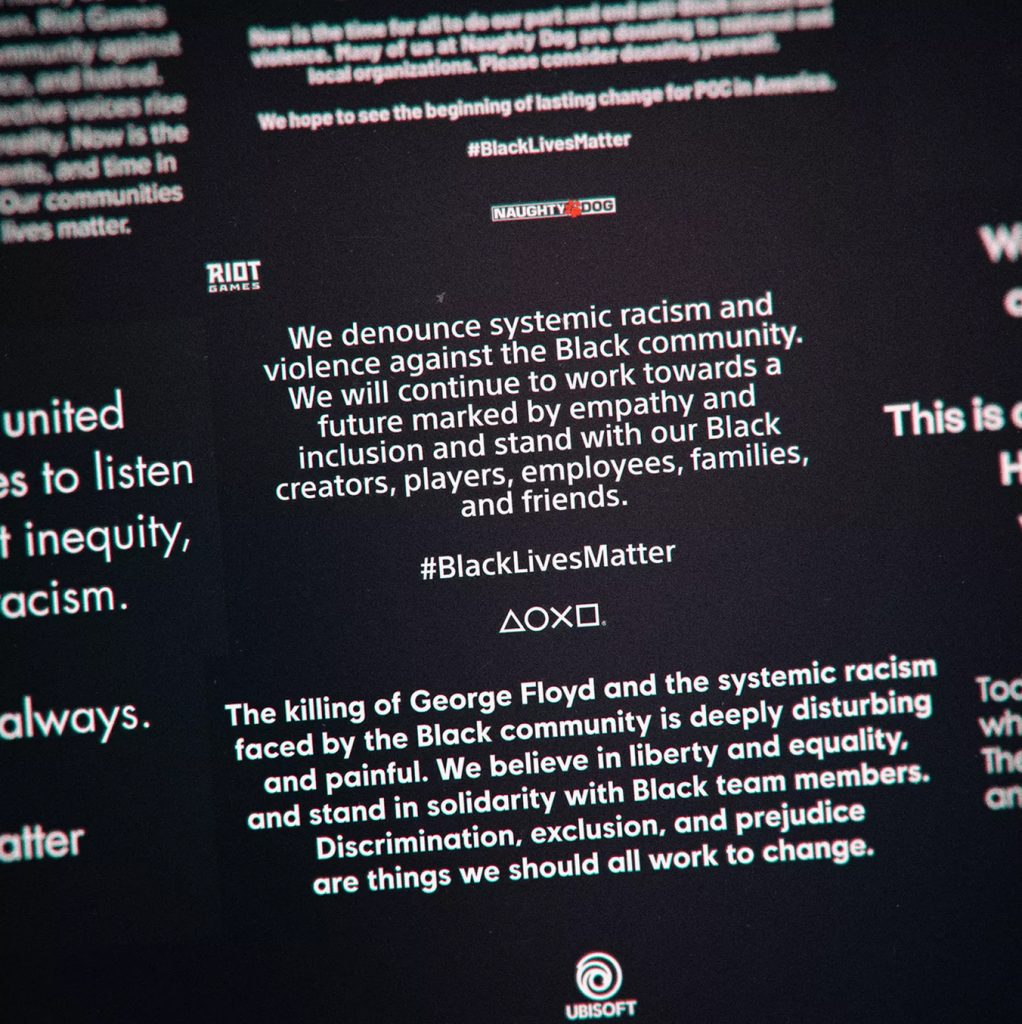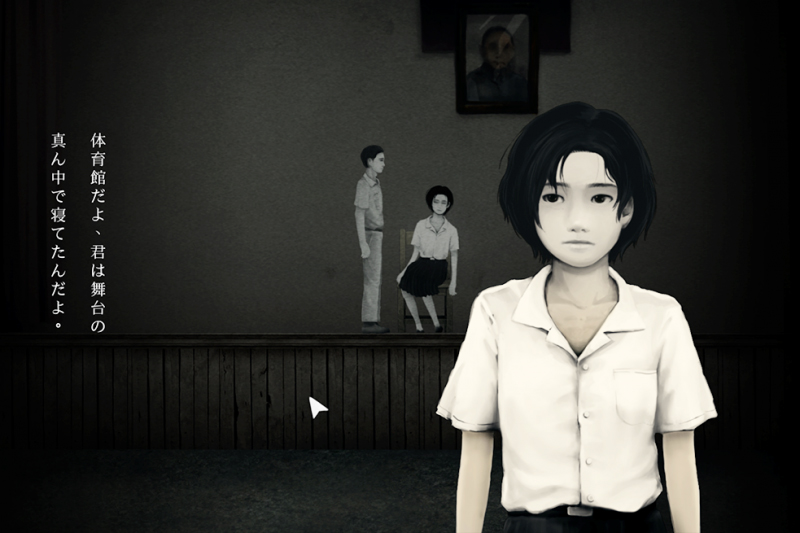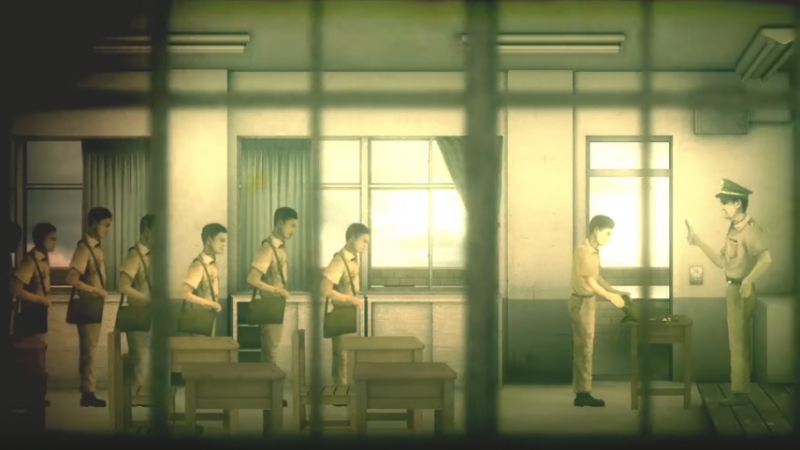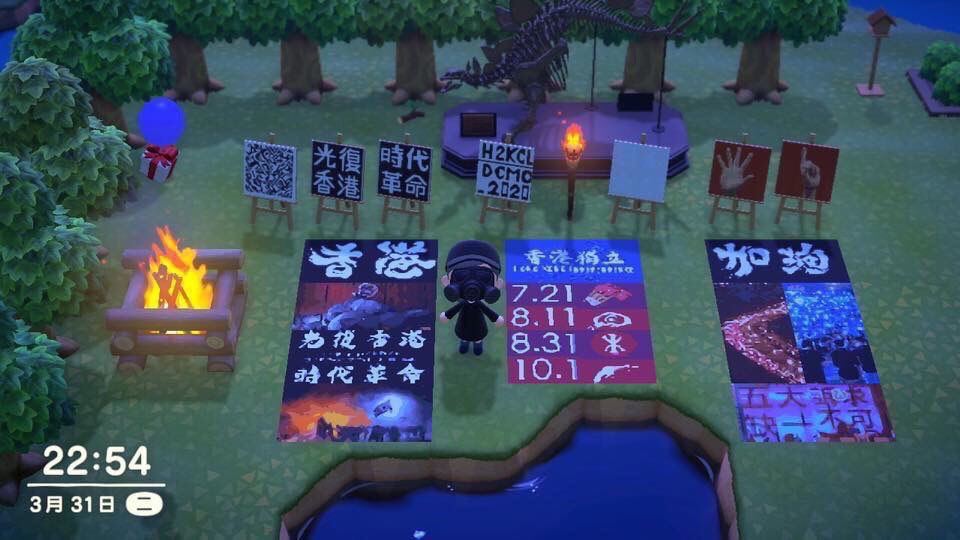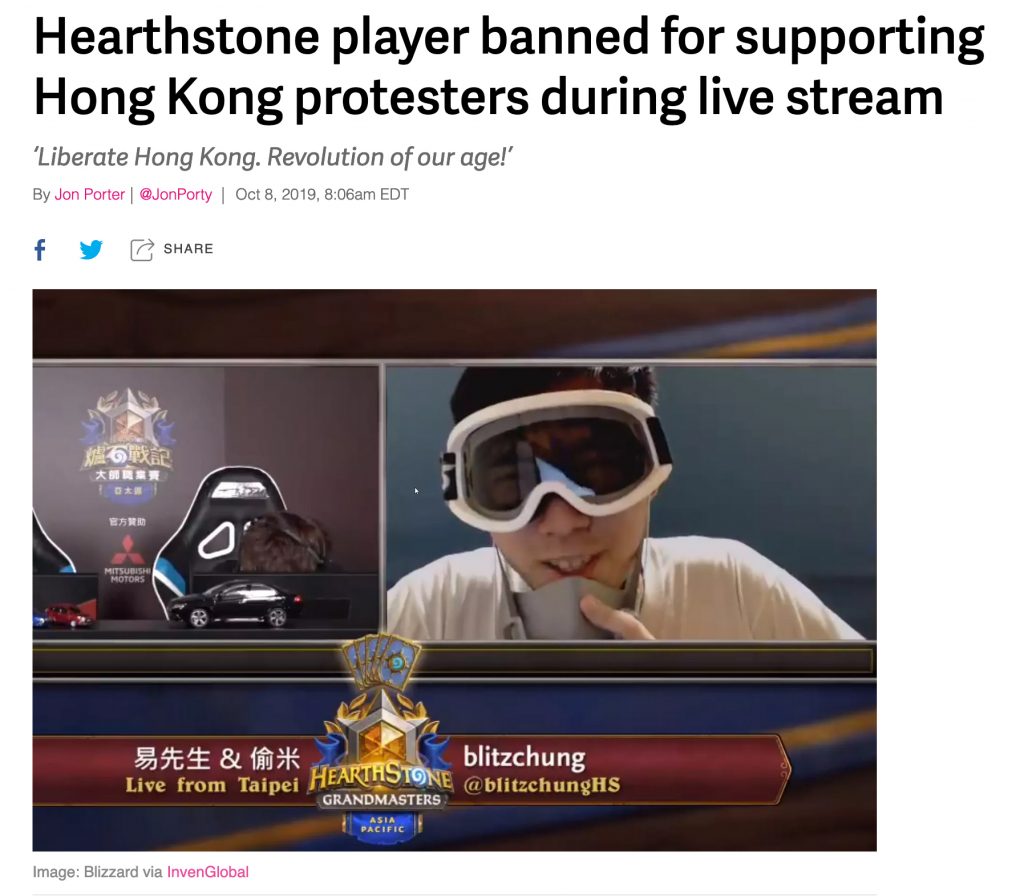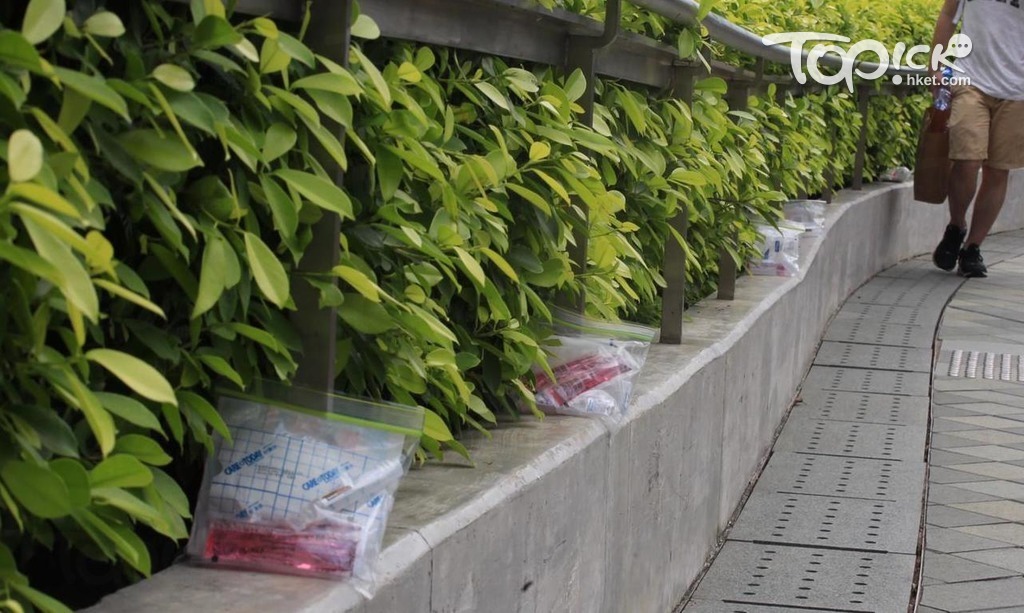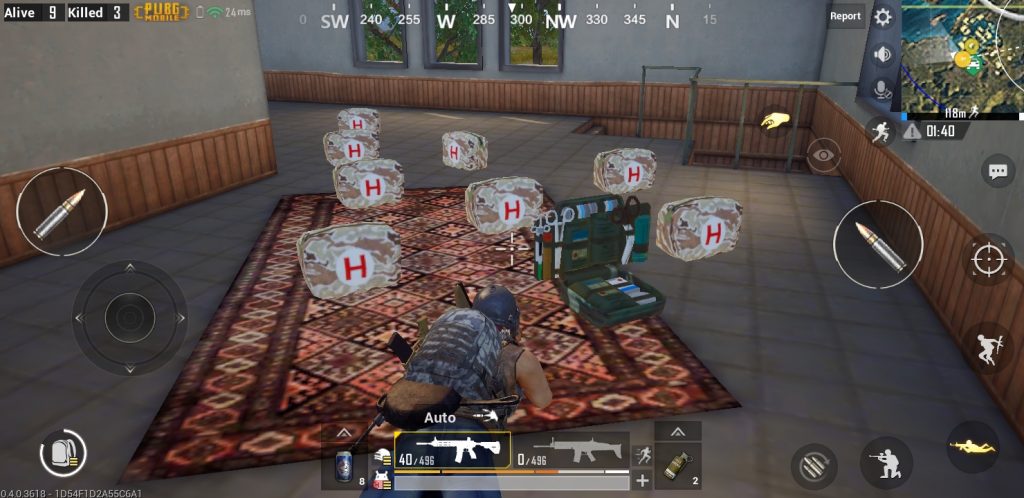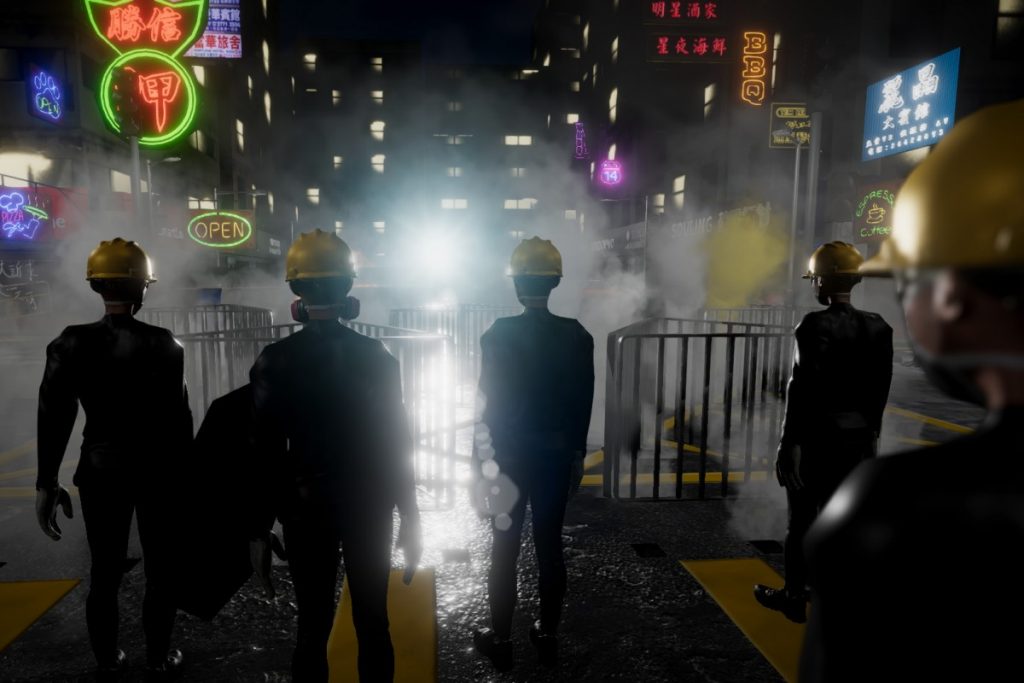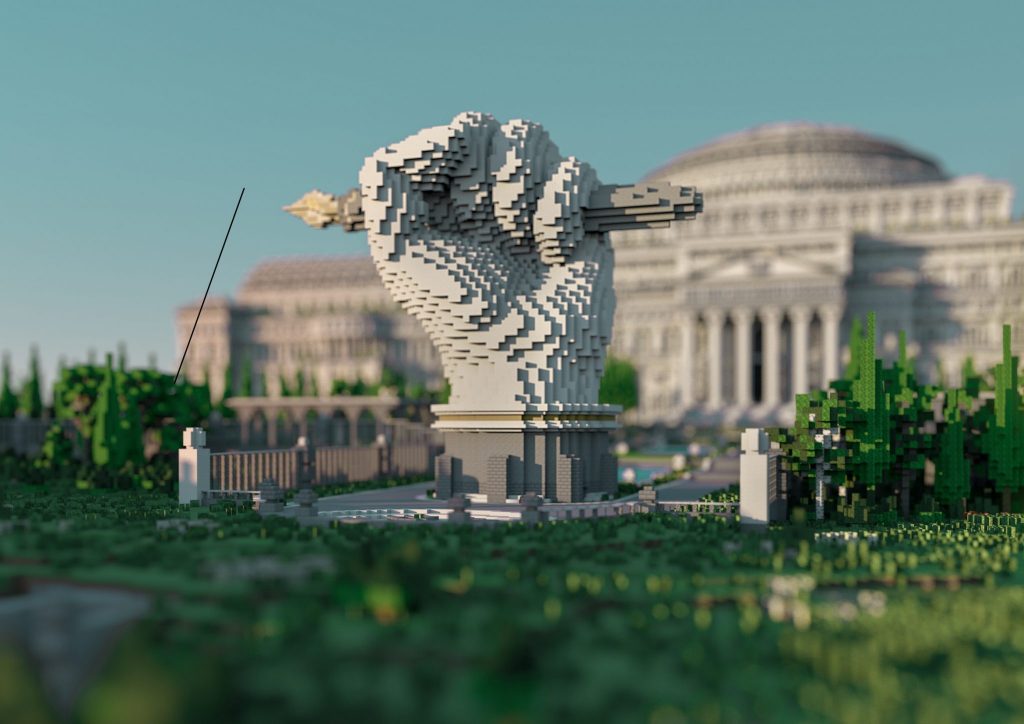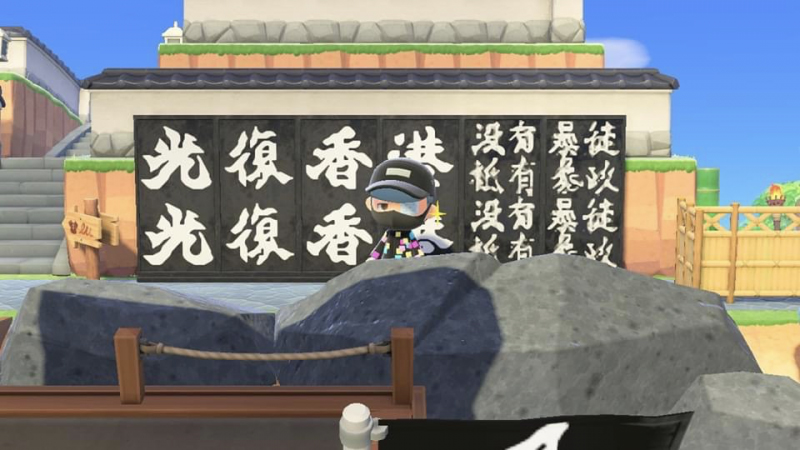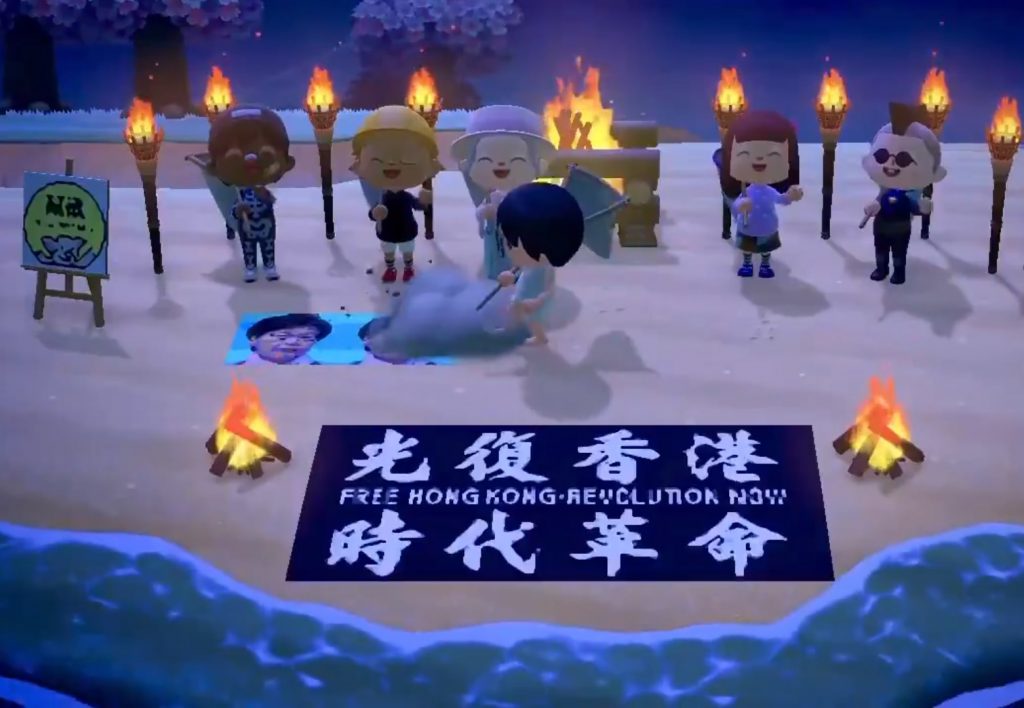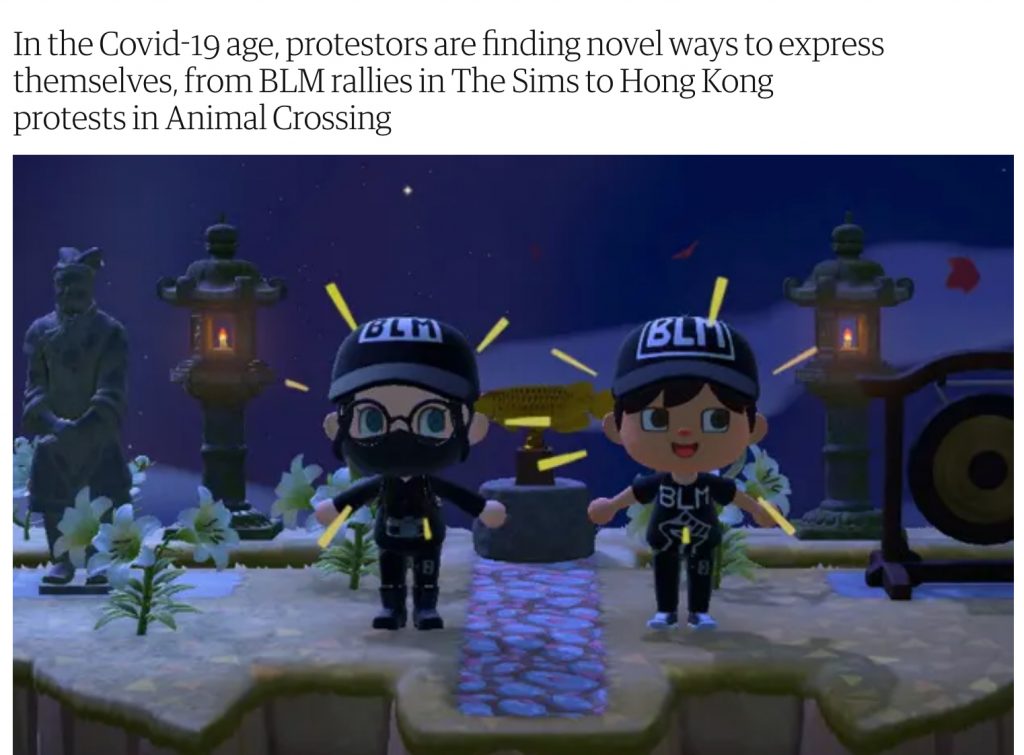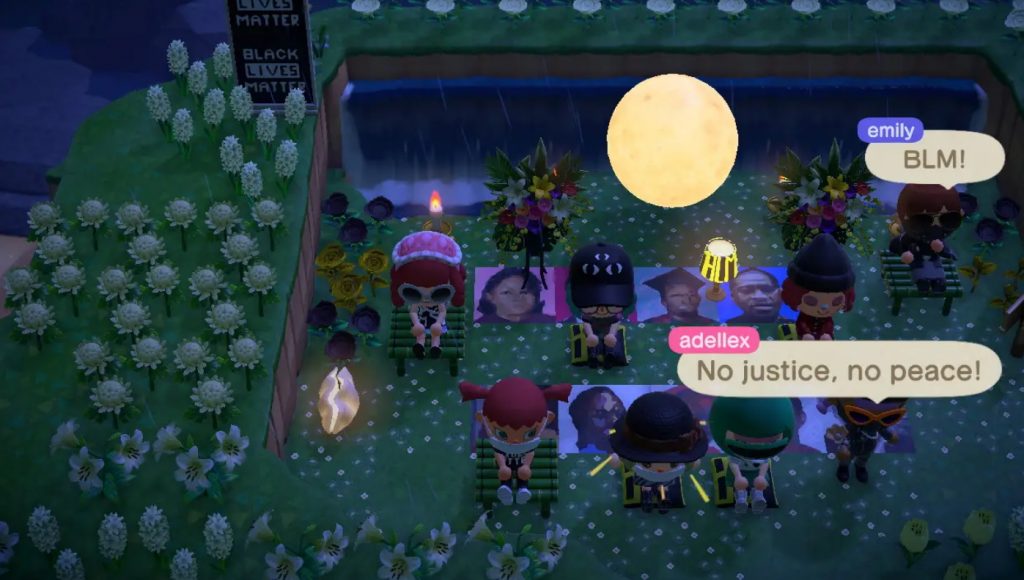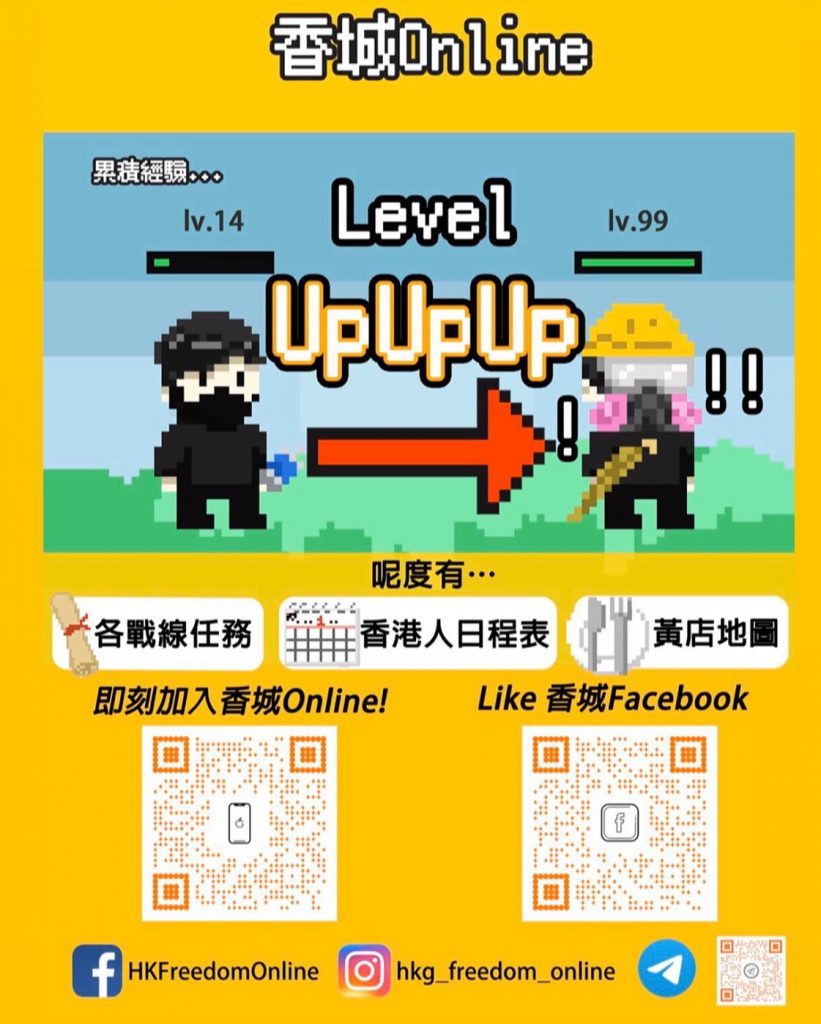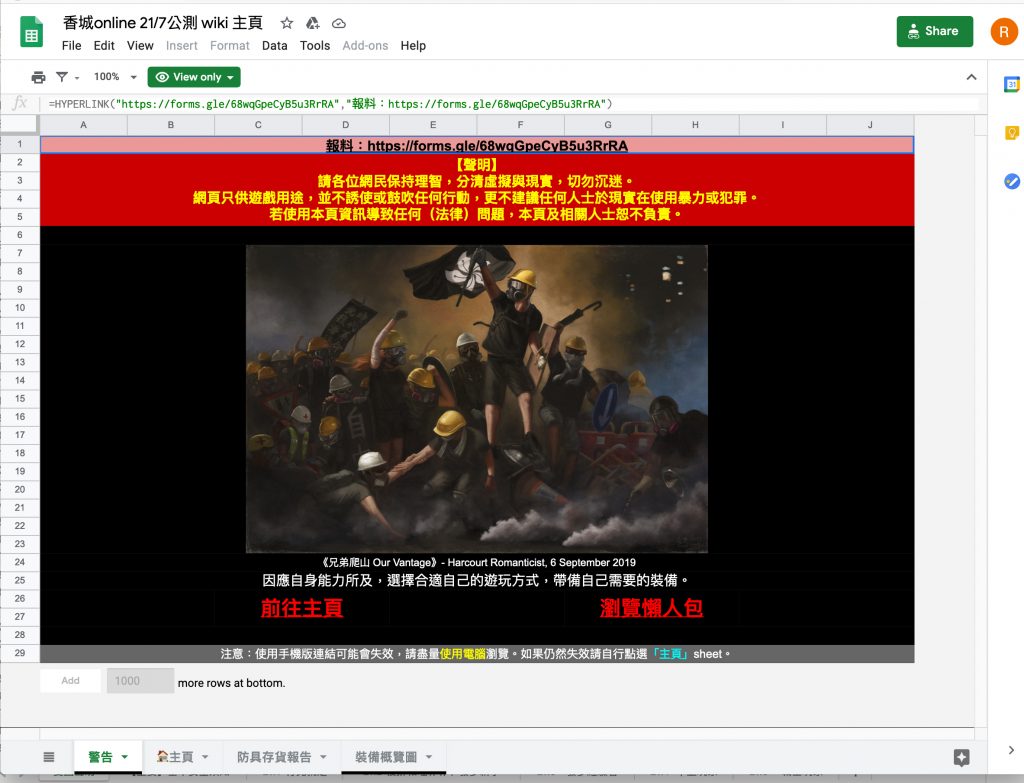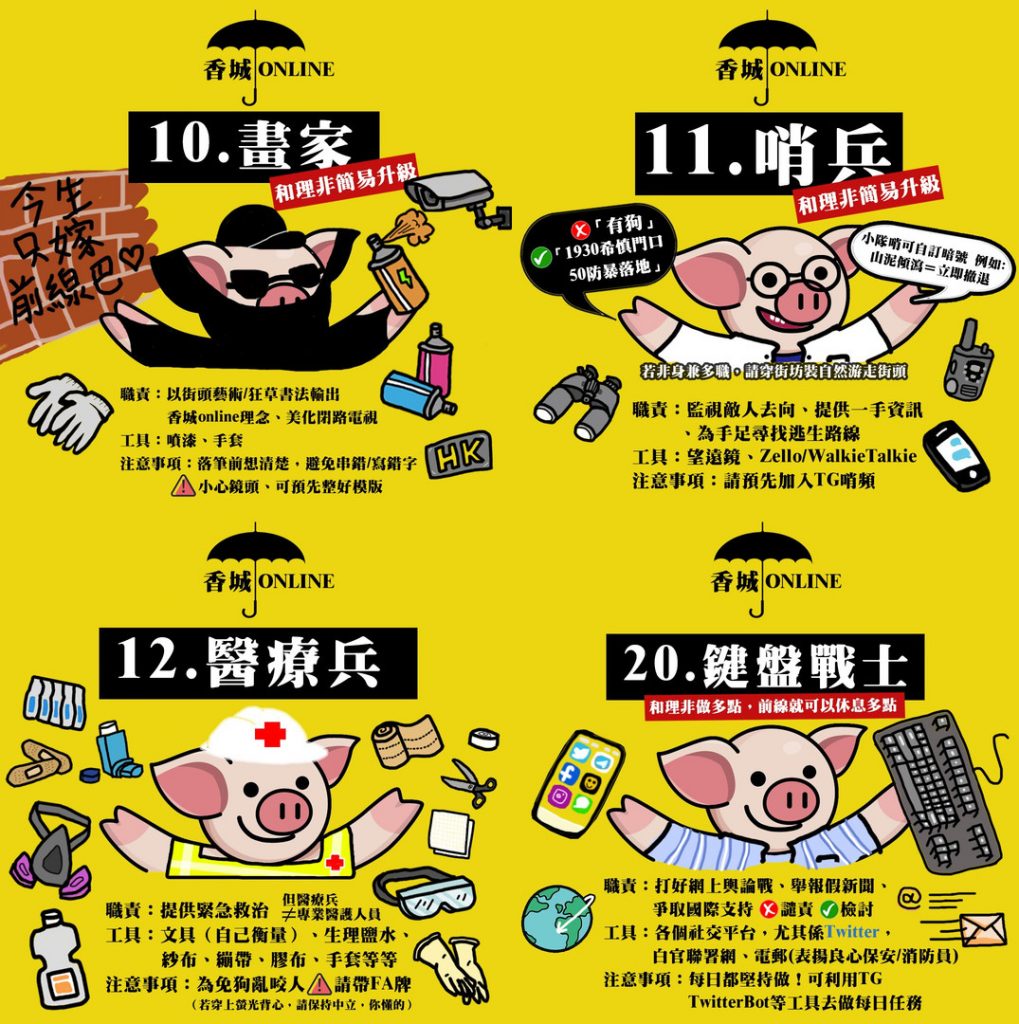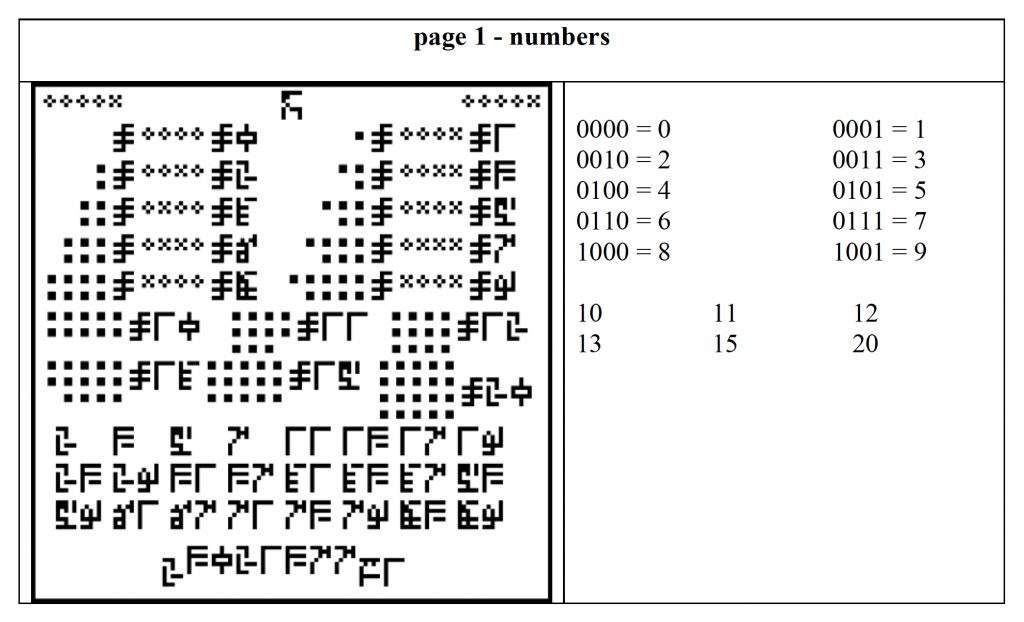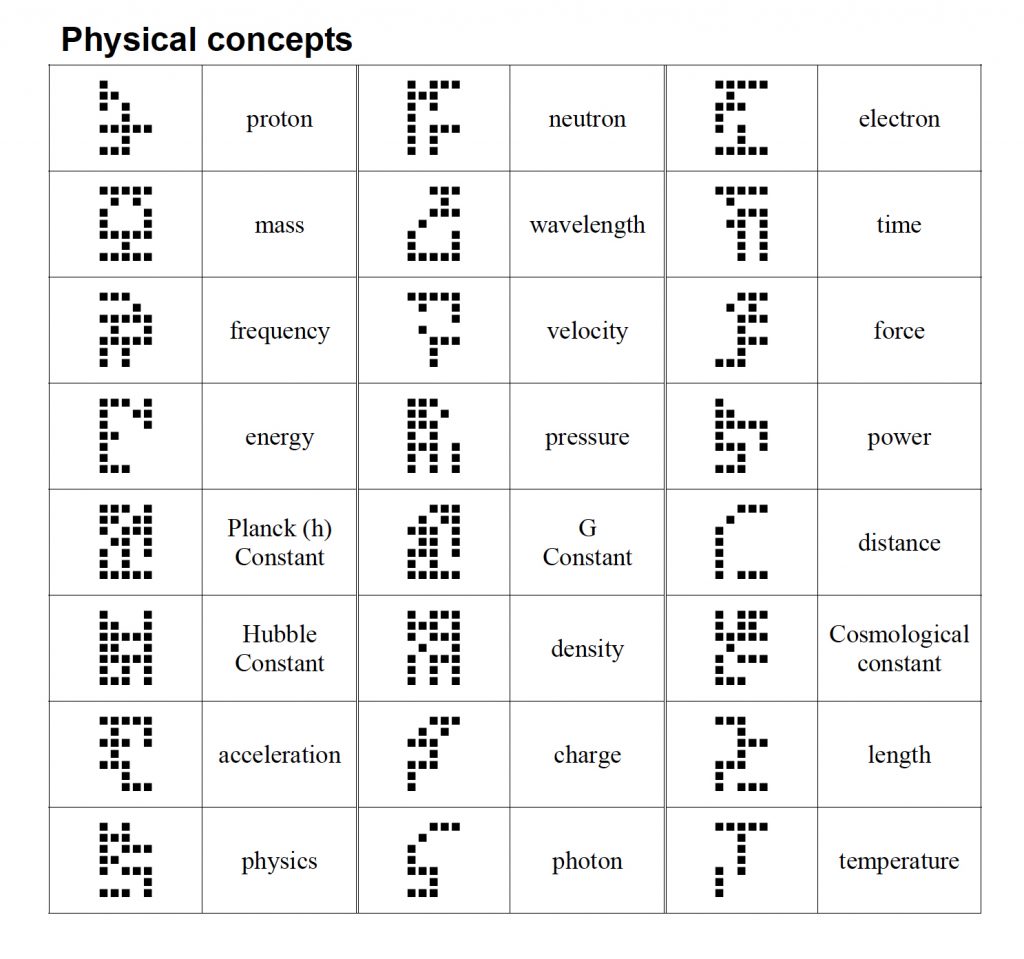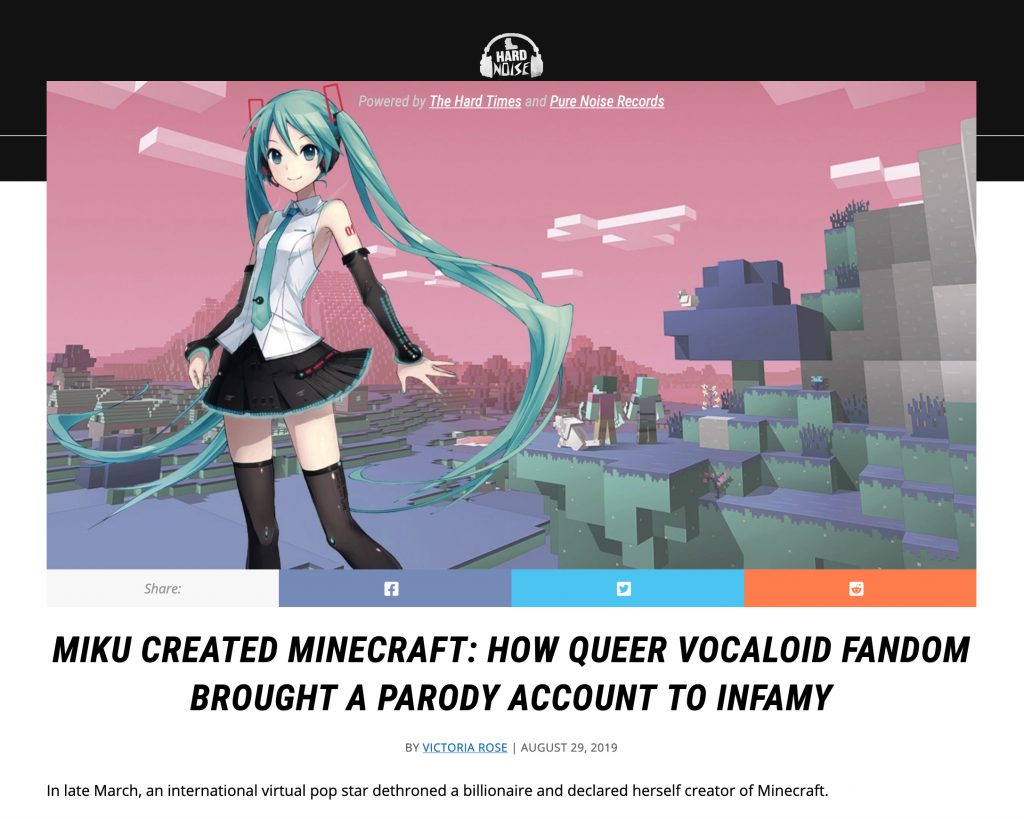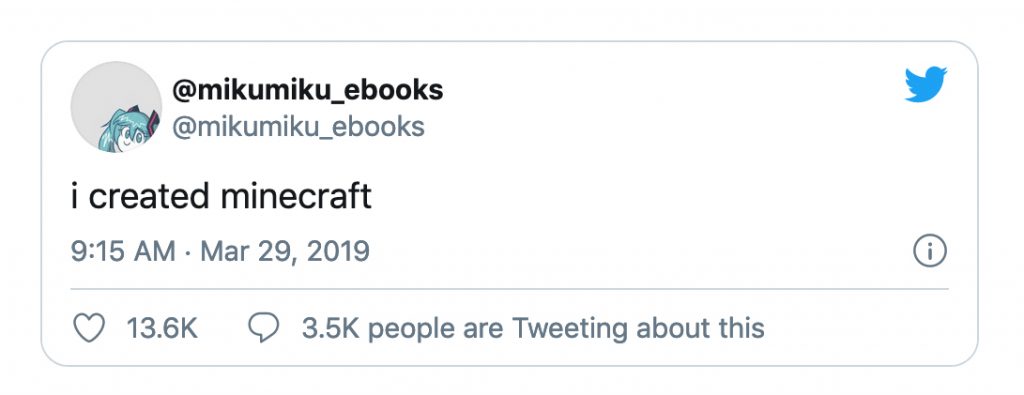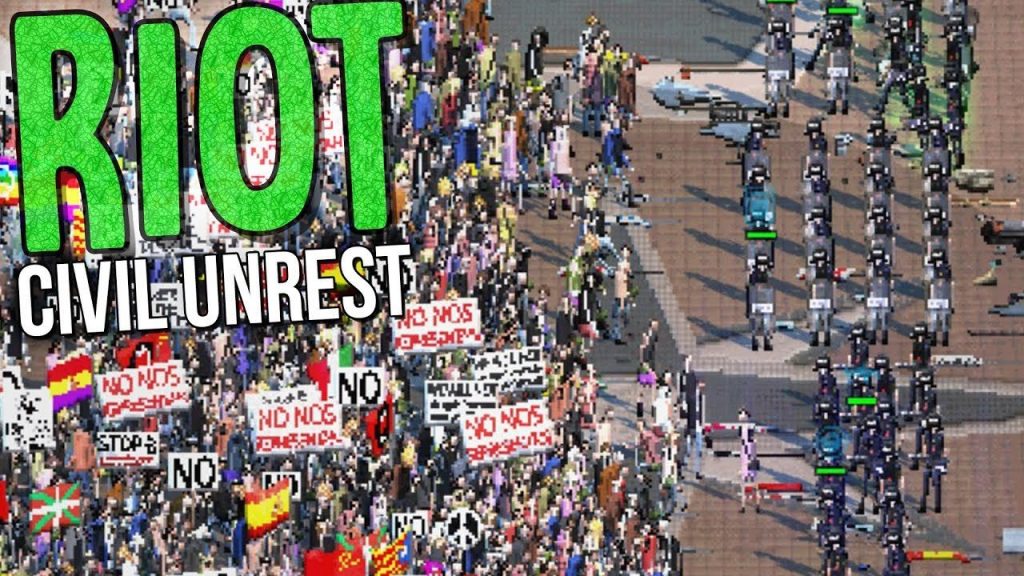
Riot: Civil Unrest is an online game that blends real-world protests from recent history with objective based strategy gameplay. The game references four major civil unrests, Arab Spring in Egypt, No TAV in Italy, 15-M movement (Indignados) in Spain and the Anti-Landfill protests (Keratea) in Greece. The director of the game and previously an editor and cinematographer at Valve, Leonard Menchiari, has experienced riots personally and the game “Riot” was created as a way to express it and to tell the stories of these events. The player can pick between playing as police or rioters. Playing as either side will even tell you about the public’s opinion on how you handled the demonstrations. The game aims to depict scenarios in a neutral manner, allowing the player to explore both sides of the conflict.
Riot was launched in February 2019. It was highly recommended by LIHKG netizens in Hong Kong as early as June 2019 when the Anti-ELAB protest began. Protesters, whether they belong to the peaceful camp or the radical camp, can learn different tactics from the game.
